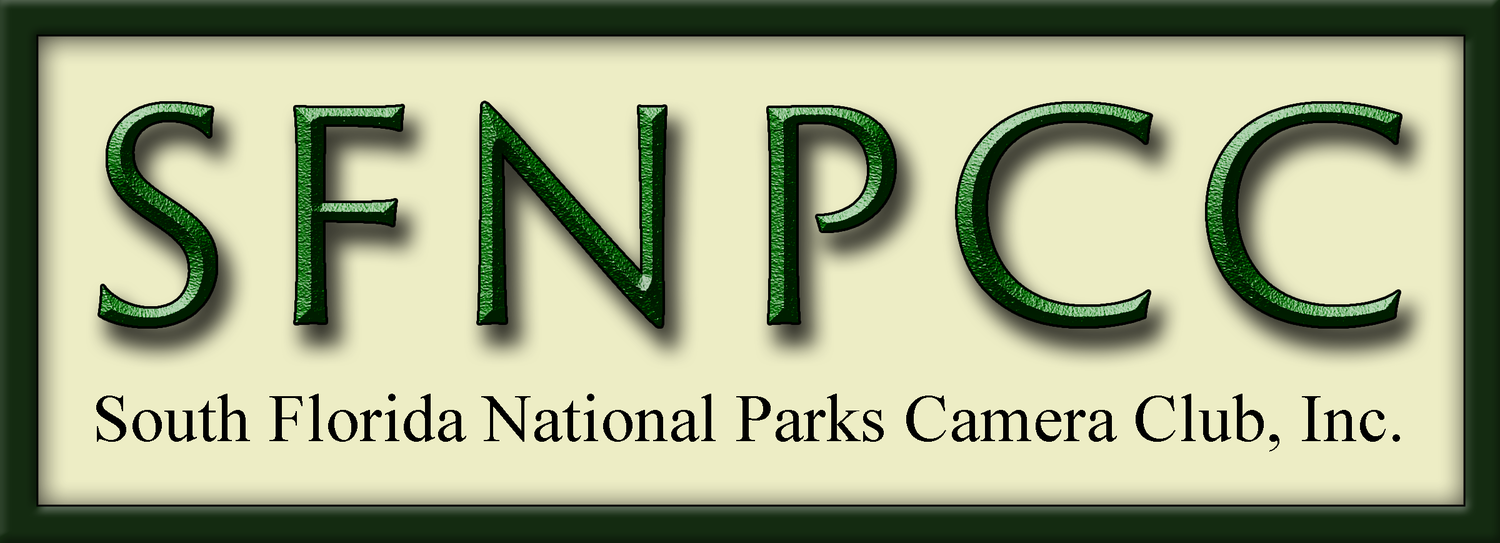The objective when photographing a rodeo is to capture the action and drama while using good compositional techniques. Below are some tips for achieving this goal.
Plan your shot. It is important to understand the sport and how it evolves. Fortunately for the photographer the action starts in predetermined locations, like bucking chutes, cattle pens, and roping chutes. For barrel racing, pick a location where you can photograph at least two of the three barrels so the rider is approaching you. More often than not, a quartering shot approaching you will be more interesting than a going away shot.
a. Don’t set up too close to the action. Pick a location where the action can come to you.
b. A zoom lens in the 70-200mm range or all-in-one zoom in the 28-300mm range
provides the opportunity to adjust with the action.
c. Set up on the opposite end of the action if using a 300 or 400mm telephoto lens, or a
100- 400mm zoom (or focal length equivalent for crop sensors).
2. Pay close attention to the background. Pick a location where the background enhances
the scene. Include the rodeo clown, other cowboys, or the crowd when possible.
3. Set up so the sun is to your back. This will provide the best light and minimize excessive
dynamic range and blinkies.
4. Shoot from a low position when possible.
5. Shoot fast enough to freeze the action with critical focus for quality. Start with a wide
open aperture and ISO high enough to shoot at least two times the focal length of the
lens.
Example…400mm lens = 1/800 second; 400mm lens on 1.6 crop sensor = 560 x 2 =
1/1280 seconds.
6. A smaller aperture can be used for greater depth of field as long as an appropriate
shutter speed can be maintained. Remember, it is not important for great depth of field.
A soft background from a shallow depth of field will create a pleasing backdrop.
a. A soft background keeps the emphasis on the subject.
b. Use a great depth of field if an in-focus background is required to tell the story.
7. Use a tripod or monopod when possible.
8. Try shooting slow enough to show movement. This is a little harder than stopping the
action and requires good technique but it is worth trying after you have captured the
action using a fast shutter speed.
a. Pan with the subject and follow the action through completion when using a slow
shutter speed.
9. Set focus to continuous. Canon – AI Servo, Nikon – Continuous Servo AF.
10. Each event will be predictable enough to select a focus point that allows for a rule of
thirds composition with the action moving into the frame.
11. Try to keep the horse’s eye/head in sharp focus. Not necessarily because it is more
important than the rider, but because you may not always see the rider’s eyes. The
viewer of our images will more often than not, look at an animal’s or person’s eyes first
in an image.
a. A technique that I use is to place the focus point on the cowboy or cowgirl’s belt
buckle and follow the action.
12. Set shooting mode to high speed continuous.
13. Remember to check the histogram regularly. You do not want to get caught up in the
action only to realize at the end that the images are too dark or blown out.
14. Hold on tight – let’er rip…
In barrel racing your photography locations are fixed and can be planned.
400mm – on a monopod
1/250 sec @ f/5.6, 100 ISO
This shot evolved. The chute is on the right. The bull came out of the chute went past my location and then circled back around. Notice how I had a low position for this shot.
70mm – hand held
1/400 sec @ f/5.6, 100 ISO
The goal with this shot was to include the South Dade News Leader Banner and some action. I set up the position and waited for the action to come to my background. Only two horses came out far enough to include the banner.
400mm on a monopod
1/250 sec @ f/5.6, 100 ISO
Timing is everything. The action started at a fixed location. For this shot I started firing the shutter when the cowboy had the rope over his head and didn’t stop until the action was over.
140mm – Hand held
This shot evolved. Knowing that the cowboy had to leave his horse to wrestle this steer, I followed the action with continuous focus and started firing the shutter as he dismounted the horse and grabbed the steer, while panning with the subject.
150mm – hand held
1/125 sec @ f/2.8, 800 ISO
1/160 sec @ f/2.8, 800 ISO
The intent with this shot was to tell a story by including the action, announcer, judges in the box, and the Welcome Rodeo Fans sign. The thought was this image could be used in the newspaper to announce the rodeo.
400mm lens on a monopod
1/500 sec @ f/5.6, 100 ISO
Good technique, a lot of planning, and a little luck will have you shooting rodeos like a pro.







